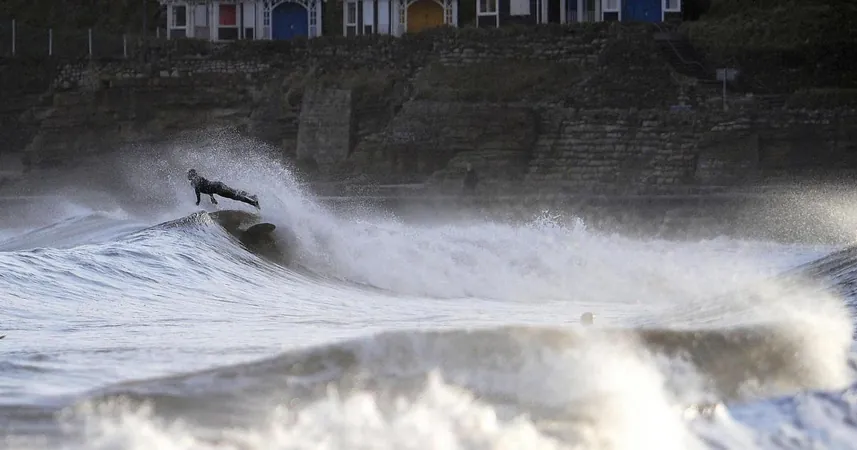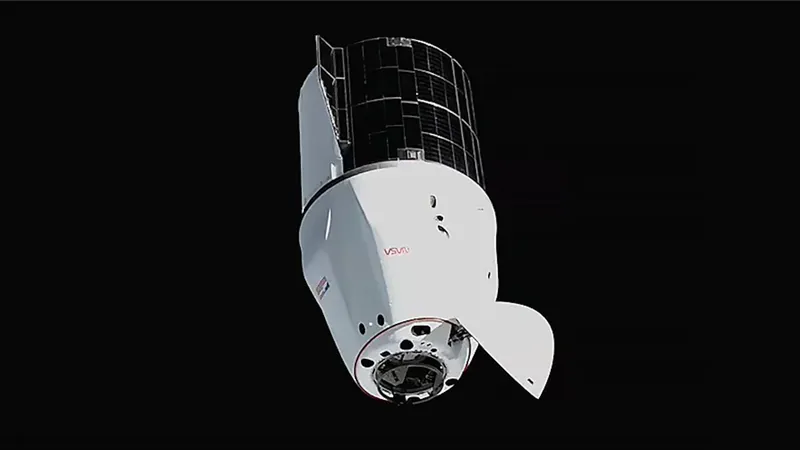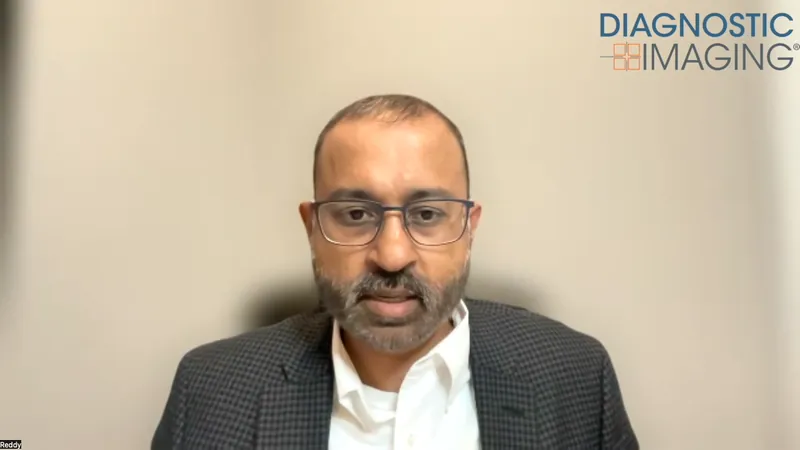
Revolutionizing Earthquake Warnings: A Bold Wave Science Collaboration
2025-04-15
Author: Siti
In a groundbreaking collaboration, scientists from diverse fields have united to enhance how we analyze waves—be it ocean waves, mobile network signals, or seismic activity linked to earthquakes. Their collective effort promises to transform not only our understanding of natural phenomena but also significantly improve earthquake warning systems.
This impressive initiative features 26 researchers hailing from 23 prestigious institutions across nine countries, including Stanford University and the European Space Agency. Published in the renowned journal Nature Reviews Methods Primers, their findings are accessible for scientists worldwide, making wave analysis tools available to all.
A Unified Approach to Wave Analysis
The researchers emphasize the similarities in methodologies for wave analysis, identifying a unique opportunity to learn from one another. Lead author Dr. Shahin Jafarzadeh from Queen's Astrophysics Research Centre emphasizes the importance of accurately analyzing waves—irrespective of their context. Misreading wave signals can lead to incorrect conclusions, whether predicting space weather influenced by magnetic waves or analyzing vital health data.
To further this aim, the team has launched an open-access repository, WaLSA.tools, facilitating researchers in staying updated with the latest advancements and fostering new collaborations. Their goal? To promote ethics and greater integration across various scientific domains.
Waves: The Language of Nature and Technology
Waves are omnipresent in nature and technology, from the subtle vibrations of an insect's wings to the chaotic forces of natural disasters. Geophysicists leverage wave analysis to predict earthquakes and tsunamis, aiding in weather forecasting and climate monitoring. Meanwhile, advancements in technology rely heavily on wave principles, impacting areas like healthcare and economics.
Medical researchers harness wave analysis to decode heart rhythms via electrocardiograms, while astrophysicists scrutinize cosmic data to gauge space weather’s influence on safety. Engineers apply these principles to assess structural integrity in bridges and skyscrapers, ensuring public safety. Remarkably, even economists utilize sophisticated wave analysis to foresee financial trends, providing guidance for governmental and corporate decision-making.
A Bright Future for Global Collaboration
Professor David Jess, also from Queen's, underscores the significance of this collaboration: "By bringing together experts from around the globe, we’re ensuring that our research remains at the cutting edge of wave analysis. This initiative is set to pave the way for innovative international partnerships that could revolutionize our understanding of waves, from the minuscule to the vast."
As this remarkable initiative takes flight, the potential outcomes are immeasurable. Improved earthquake warnings, smarter technology, and advanced medical diagnostics are just the beginning—placing humanity one step closer to mastering the dynamic forces of nature.





 Brasil (PT)
Brasil (PT)
 Canada (EN)
Canada (EN)
 Chile (ES)
Chile (ES)
 Česko (CS)
Česko (CS)
 대한민국 (KO)
대한민국 (KO)
 España (ES)
España (ES)
 France (FR)
France (FR)
 Hong Kong (EN)
Hong Kong (EN)
 Italia (IT)
Italia (IT)
 日本 (JA)
日本 (JA)
 Magyarország (HU)
Magyarország (HU)
 Norge (NO)
Norge (NO)
 Polska (PL)
Polska (PL)
 Schweiz (DE)
Schweiz (DE)
 Singapore (EN)
Singapore (EN)
 Sverige (SV)
Sverige (SV)
 Suomi (FI)
Suomi (FI)
 Türkiye (TR)
Türkiye (TR)
 الإمارات العربية المتحدة (AR)
الإمارات العربية المتحدة (AR)